Title : Stem cell-derived models for studying human disease mechanisms and therapeutic interventions
Patrizia Ferretti, UCL Great Ormond Street Institute of Child Health, United Kingdom
Congenital diseases often present defects in multiple tissue and organs and require complex clinical care and in some cases surgical intervention. The use of autologous mesenchymal stem cells and patient derived cells from Induced Pluripotent Stem Cells (iPSCs) can allow one to s [....] » Read More
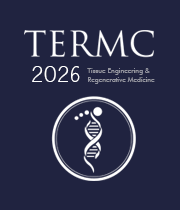


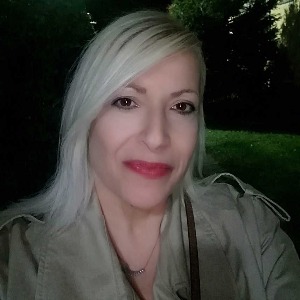



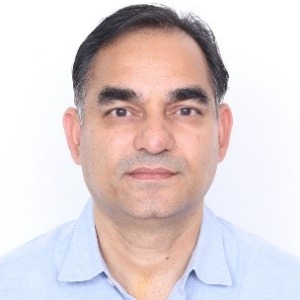



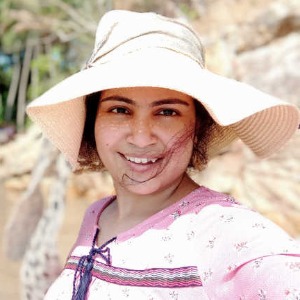

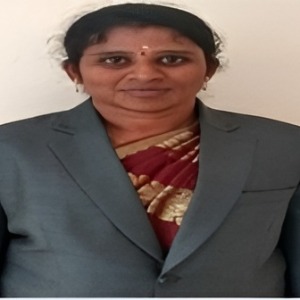


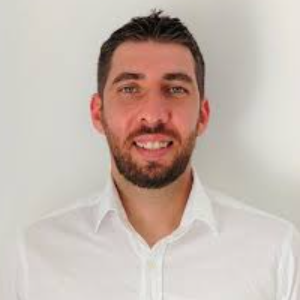

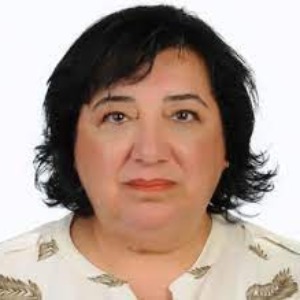
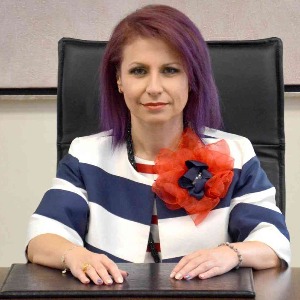
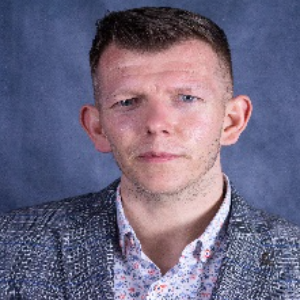
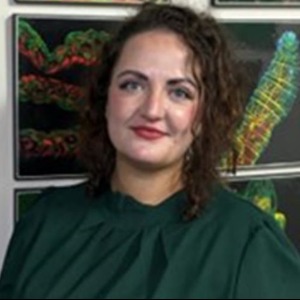
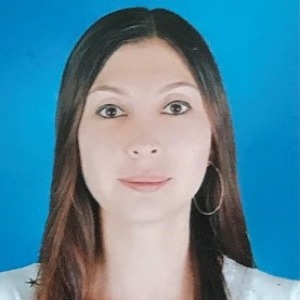


Title : Graphene, butterfly structures, and stem cells: A revolution in surgical implants
Alexander Seifalian, Nanotechnology & Regenerative Medicine Commercialisation Centre, United Kingdom
Technological advancements have accelerated rapidly, as evidenced by everyday innovations like mobile phones. However, healthcare diagnostics, treatments, and surgical procedures have seen minimal progress over the last 50 years. Despite optimistic reports in the media and academ [....] » Read More
Title : mRNA and RNA biodistribution to brain and bones
Nagy Habib, Imperial College London, United Kingdom
The use of transferrin receptor ligand aptamer to target the brain in-vivo Widespread expression in the dellp p[arts of the brain How to target cartilage and bone for rare and acquired diseases A new approach for cell longevity.
Title : Progenitor cell mobilization and induced neutrophilia promote neovascularization and fibrinolysis in chronically ischemic tissue
Darwin Eton, Vasogenesis Inc, United States
A quarter of a century ago Granulocyte Colony Stimulating Factor (G-CSF) was used to induce progenitor cell mobilization in clinical trials so as to promote neovascularization in patients with chronic ischemia, both in the heart and in patients with chronic limb threatening ische [....] » Read More
Title : A versatile principle for creating pre-vascularized tissue in vitro for soft and hard tissue engineering
Lucie Bacakova, Institute of Physiology of the Czech Academy of Sciences, Czech Republic
Pre-vascularization of in vitro engineered tissues significantly enhances their survival and proper function after in vivo implantation and is also a prerequisite for the relevance of in vitro tissue models. We propose a relatively simple and uniform principle for the const [....] » Read More
Title : Quantum physics and cells: The evolution of life from energy
Darwin Eton, Vasogenesis Inc, United States
We now stand at the threshold of a transformative era in medicine, where cellular and molecular approaches are revolutionizing treatment of chronic diseases. To fully harness this potential, an understanding of matter at its most fundamental level is required. The subatomic realm [....] » Read More
Title : Innovative educational strategies in tissue engineering: Integrating research into higher education
Laurie Mans, Leiden University of Applied Sciences, Netherlands
The rapid advancements in tissue engineering demands an adaptive educational curriculum to prepare the next generation of professionals for impactful careers in science and innovation. At the University of Applied Sciences, we adjust our educational curriculum by integrating appl [....] » Read More
Title : Optimizing melt electrospun PLGA fibers with CuSO4 to improve endothelial cell support
Soulmaz Sarkari, University of Oldenburg, Germany
Background: Melt electrospinning is a promising solvent-free technique for fabricating microfibrous scaffolds with controlled fiber design. However, its application is limited by the poor electrical conductivity of many polymers, including poly(lactic-co-glycolic acid) (PLGA). Th [....] » Read More
Title : Bioengineering human cornea for global supply
Jingjing You, University of Sydney, Australia
The fight against corneal blindness is a significant global challenge. Impacting all age groups, corneal disease and injury represent the 3rd most common cause of blindness affecting approximately 6.2 million people worldwide. Corneal transplantation, which uses donor corneal tis [....] » Read More
Title : Interleukin 11 drives dermal fibroblast activation in mechanical stretch-mediated skin expansion
Yi Min Khoong, NHS Fife, United Kingdom
Skin expansion is a commonly used method to generate additional skin for the repair of tissue abnormalities in many circumstances, including post-traumatic scars, congenital defects, and skin defects following tumor excision. This is accomplished by inducing skin regeneration usi [....] » Read More
Title : Expression dynamics of mesenchymal stem cell markers in canine adipose-derived stromal vascular fraction during culture
Hitesh Rana, Guru Angad Dev Veterinary and Animal Sciences University, India
The stromal vascular fraction (SVF) is a heterogeneous cell population derived from adipose tissue that has gained attention for its potential in regenerative medicine. This study investigated the expression dynamics of mesenchymal stem cell (MSCs) markers, CD90, CD105, and CD44 [....] » Read More
Title : Combining old and new concepts in targeting telomerase for cancer therapy: Transient, Immediate, Complete and Combinatory Attack (TICCA)
Jaber Jamil Haj Ali, Consulting Medical Lab, State of Palestine
Telomerase can overcome replicative senescence by elongation of telomeres but is also a specific element in most cancer cells. It is expressed more vastly than any other tumor marker. Telomerase as a tumor target inducing replicative immortality can be overcome by only one other [....] » Read More
Title : Current techniques for the ex vivo perfusion of free tissue flaps systematic review and meta analysis
Serag Saleh, St Vincent’s Hospital, Australia
Background: Access to healthy living tissue in the lab has always been an essential substrate for experimentation across the breadth of medical research. Historically originally limited to live animal studies using small mammals such as rats, and subsequently more anatomically an [....] » Read More
Title : Human model for the ex vivo perfusion of free tissue using extracorporeal membrane oxygenation
Serag Saleh, St Vincent’s Hospital, Australia
Background: The Deep Inferior Epigastric Perforator (DIEP) flap is the gold standard for autologous reconstruction of the breast following mastectomy. It recruits analogous, redundant and accessible adipocutaneous tissue from the abdomen based on a reliable and consistent blood s [....] » Read More
Title : Innovative educational strategies in tissue engineering: Bridging theory & practice in higher education
Celine Van Der Valk, Leiden University of Applied Sciences, Netherlands
The rapid advancements in tissue engineering and regenerative medicine demand a comprehensive and adaptive educational approach to prepare the next generation of professionals. At Leiden University of Applied Sciences, we offer several modules that integrate state of the art scie [....] » Read More